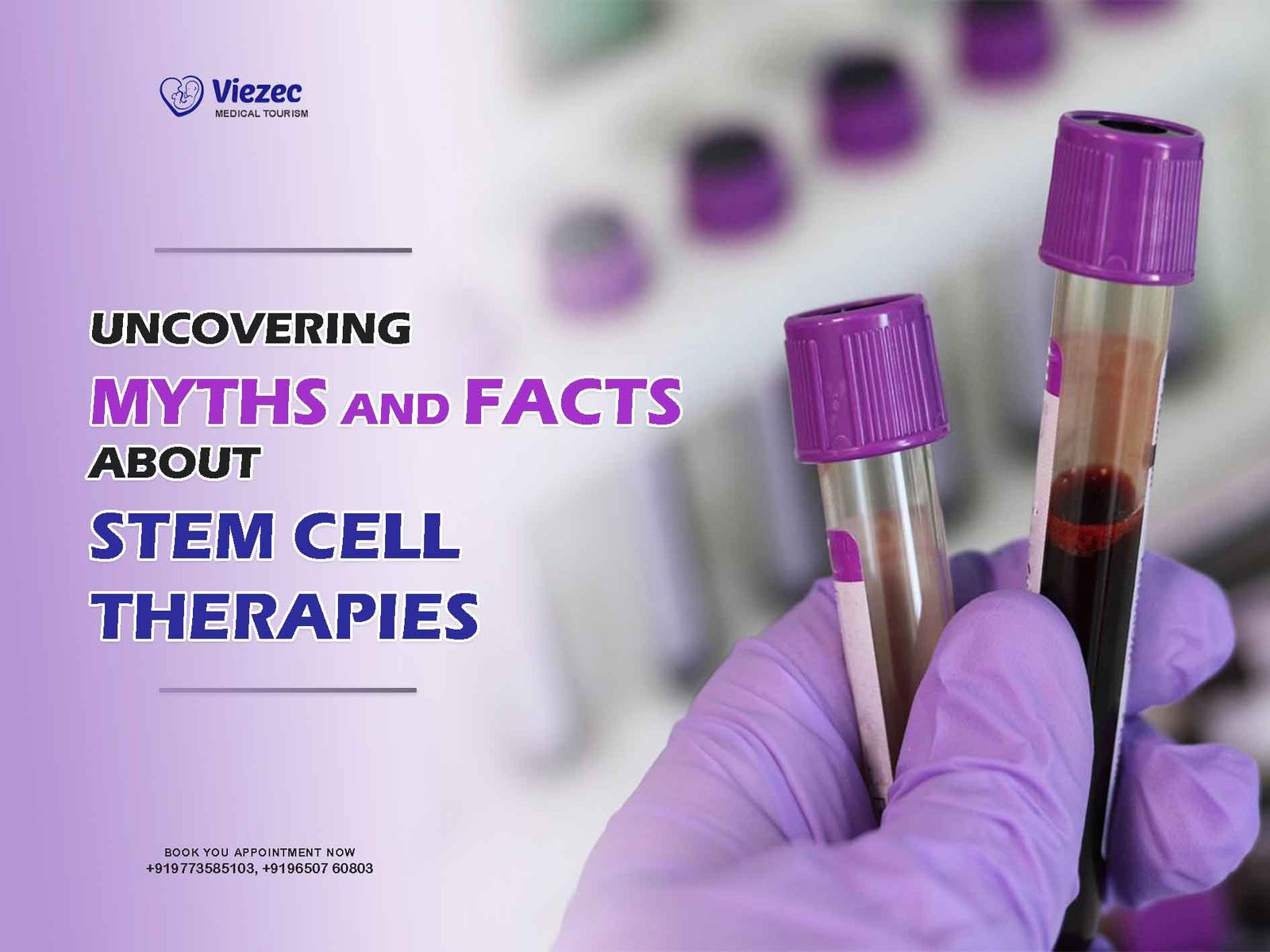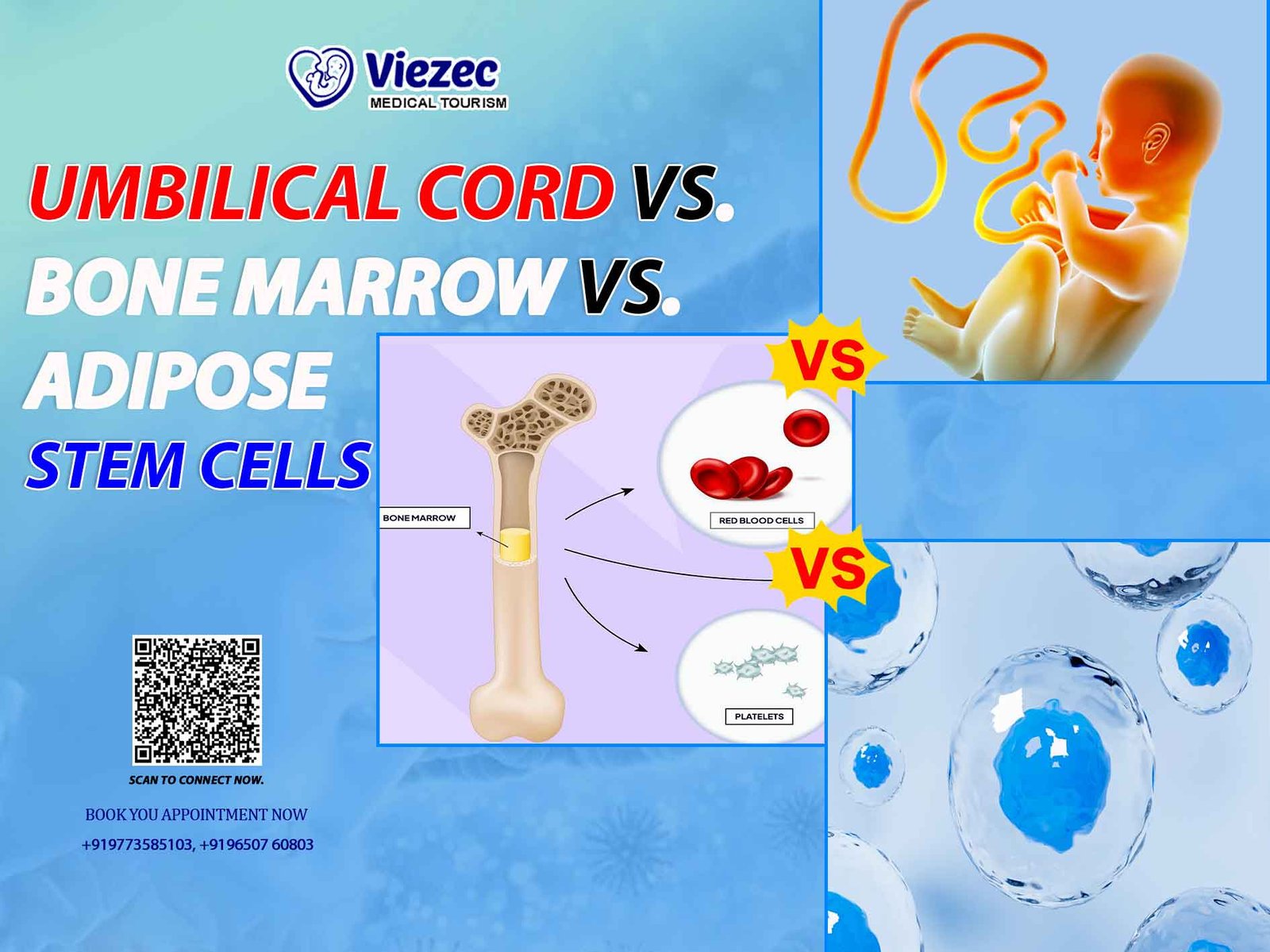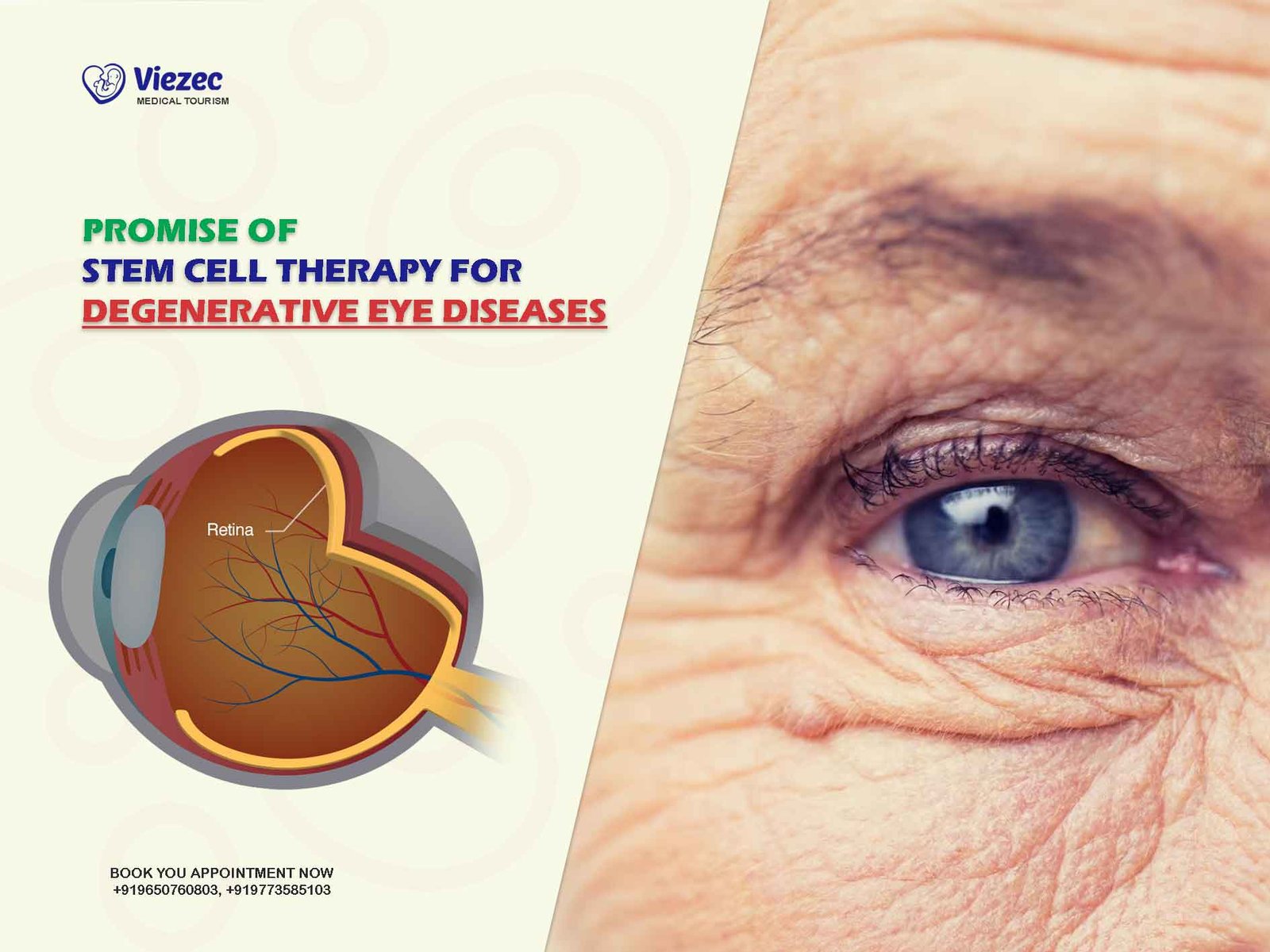In the realm of modern medicine, the utilization of stem cells has emerged as a beacon of hope for treating various diseases and injuries. Stem cells possess the remarkable ability to differentiate into specialized cell types, making them invaluable in regenerative medicine. Among the myriad of ailments that researchers are striving to address, eye diseases stand out due to their profound impact on individuals’ quality of life. However, recent advancements in stem cell technology offer promising avenues for treating these ocular conditions.
Understanding Eye Diseases: A Spectrum of Challenges
The human eye is an intricate organ, comprising numerous delicate structures that facilitate vision. Unfortunately, this complexity also renders it susceptible to a wide array of disorders. From age-related macular degeneration (AMD) to diabetic retinopathy and glaucoma, eye diseases manifest in diverse forms, each presenting unique challenges to patients and healthcare providers. These conditions often lead to irreversible vision loss, significantly impairing daily functioning and diminishing overall well-being.
Current Treatment Landscape: Limitations and Shortcomings
Traditionally, treatment options for many eye diseases have been limited and often focused on managing symptoms rather than addressing underlying causes. Surgical interventions, such as laser therapy and intraocular injections, aim to slow disease progression or alleviate symptoms. While these approaches can be effective to some extent, they are not without drawbacks. For instance, repeated injections may lead to complications, and surgical procedures carry inherent risks.
Challenges in Regenerative Medicine for Ocular Conditions
The quest for regenerative therapies for eye diseases has encountered numerous hurdles. Unlike some organs with robust regenerative capacities, such as the skin or liver, the eye’s ability to self-repair is limited. Moreover, the unique anatomical and physiological characteristics of ocular tissues pose challenges for delivering therapeutic agents effectively. Developing treatments that can integrate seamlessly into the delicate microenvironment of the eye remains a formidable task.
Enter Stem Cell Transplants: A Paradigm Shift in Eye Disease Treatment
Amidst these challenges, stem cell transplants have emerged as a promising strategy for restoring vision and addressing the root causes of various eye diseases. Stem cells offer the potential to regenerate damaged tissues, replace dysfunctional cells, and modulate immune responses, thereby providing comprehensive therapeutic benefits. The application of stem cell technology in ophthalmology represents a paradigm shift, offering new hope for patients with previously untreatable conditions.
Types of Stem Cells Used in Ocular Regeneration
Several types of stem cells show promise for treating eye diseases, each with its unique characteristics and applications:
1. Embryonic Stem Cells (ESCs)
Derived from early-stage embryos, ESCs are pluripotent cells capable of differentiating into any cell type in the body. Their remarkable versatility makes them attractive candidates for regenerating damaged ocular tissues.
2. Induced Pluripotent Stem Cells (iPSCs)
iPSCs are generated by reprogramming adult cells, such as skin cells, into a pluripotent state. Like ESCs, iPSCs hold the potential to differentiate into various ocular cell types, offering a personalized approach to treatment.
3. Mesenchymal Stem Cells (MSCs)
MSCs are multipotent cells found in various tissues, including bone marrow and adipose tissue. While they have a more limited differentiation capacity compared to ESCs and iPSCs, MSCs possess immunomodulatory properties that can help mitigate inflammation and promote tissue repair.
Applications of Stem Cell Transplants in Ophthalmology
Stem cell transplants hold promise for treating a wide range of eye diseases, including but not limited to:
- Age-Related Macular Degeneration (AMD): Stem cell-based therapies aim to replace damaged retinal pigment epithelial (RPE) cells and restore retinal function, potentially halting or reversing disease progression.
- Retinitis Pigmentosa: By replacing degenerated photoreceptor cells, stem cell transplants offer a potential means of restoring vision in individuals with retinitis pigmentosa, a hereditary condition causing progressive vision loss.
- Corneal Disorders: Stem cell therapies show promise for regenerating corneal tissues damaged by injury, disease, or genetic abnormalities, offering hope for patients with conditions like corneal dystrophies and corneal scarring.
- Glaucoma: While primarily characterized by optic nerve damage and elevated intraocular pressure, glaucoma can also involve retinal ganglion cell loss. Stem cell-based approaches aim to protect existing cells and regenerate damaged ones, potentially preserving vision in affected individuals.
Advantages of Stem Cell Therapy in Ophthalmology
The adoption of stem cell-based approaches for treating eye diseases offers several notable advantages:
Regenerative Potential:
Stem cells have the unique ability to differentiate into specialized cell types, making them ideal candidates for regenerating damaged ocular tissues and restoring visual function.
Personalized Medicine:
With the advent of iPSC technology, it is possible to derive patient-specific stem cell lines, minimizing the risk of immune rejection and paving the way for personalized treatment approaches.
Targeted Delivery:
Stem cell therapies can be delivered directly to the affected ocular tissues, maximizing their therapeutic efficacy while minimizing off-target effects.
Reduced Need for Chronic Treatments:
Unlike traditional therapies that may require frequent injections or surgical interventions, stem cell-based treatments have the potential to provide long-lasting benefits, reducing the burden on patients and healthcare systems.
Overcoming Challenges: Navigating the Road to Clinical Translation
While the potential of stem cell transplants in treating eye diseases is compelling, several challenges must be addressed to realize their clinical utility on a broader scale:
1. Safety and Efficacy:
Ensuring the safety and efficacy of stem cell therapies is paramount. Rigorous preclinical studies and well-designed clinical trials are essential to evaluate the long-term outcomes and minimize the risk of adverse events.
2. Immune Rejection:
Immunological compatibility remains a concern, particularly in allogeneic stem cell transplantation. Strategies to mitigate immune rejection, such as immunosuppressive therapy or genetic engineering of stem cells, require careful consideration.
3. Optimal Cell Source and Delivery:
Identifying the most suitable source of stem cells and optimizing delivery methods are critical steps in enhancing therapeutic outcomes. Advancements in biomaterials and tissue engineering hold promise for improving cell engraftment and survival in the ocular microenvironment.
4. Standardization and Regulation:
Establishing standardized protocols for stem cell production, characterization, and transplantation is essential for ensuring reproducibility and regulatory compliance. Regulatory agencies play a vital role in overseeing the translation of stem cell therapies from the laboratory to the clinic.
Road Ahead: Toward a Brighter Future for Ocular Regeneration
Despite the challenges that lie ahead, the potential of stem cell transplants to revolutionize the treatment of eye diseases is immense. With continued research and innovation, stem cell-based therapies have the power to transform the lives of millions affected by vision impairment and blindness. Collaborative efforts between scientists, clinicians, industry partners, and regulatory bodies are essential for advancing this field and bringing novel treatments to fruition.
Harnessing the Power of Collaboration
Collaboration across disciplines and institutions is crucial for accelerating progress in ocular regeneration. By fostering partnerships between basic researchers, clinicians, bioengineers, and industry stakeholders, we can leverage collective expertise to overcome barriers and drive innovation in stem cell-based therapies.









